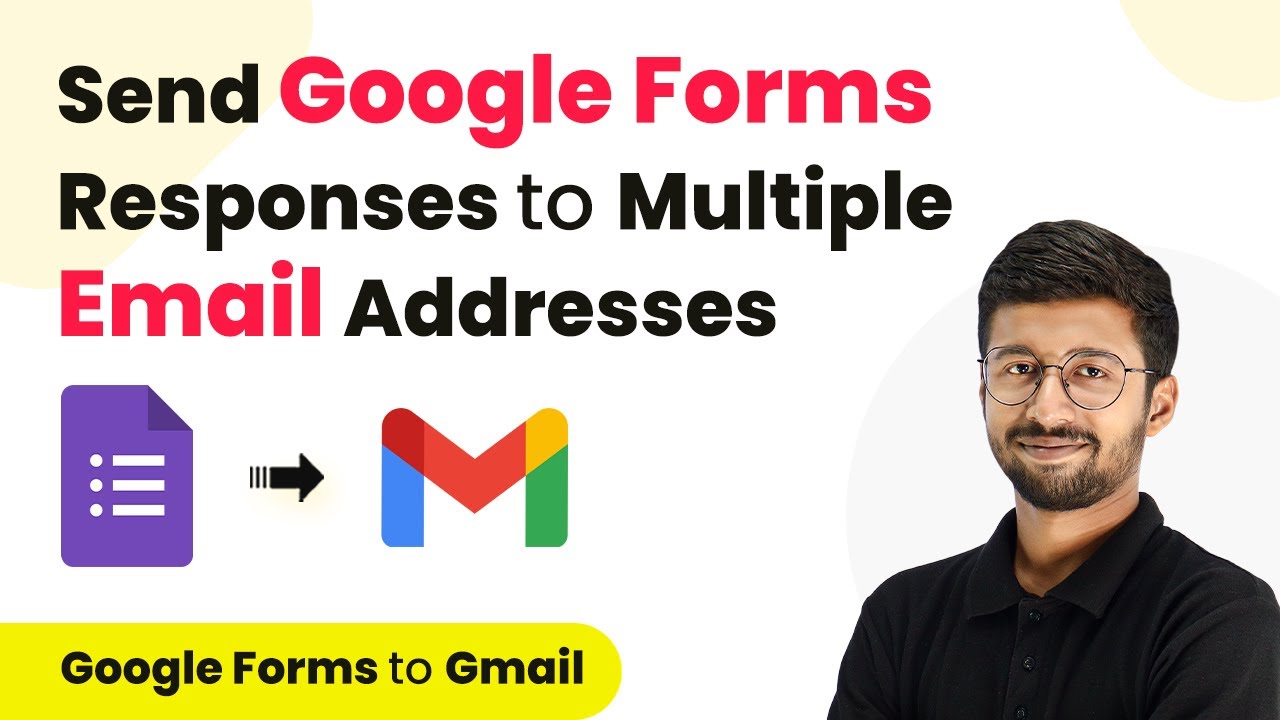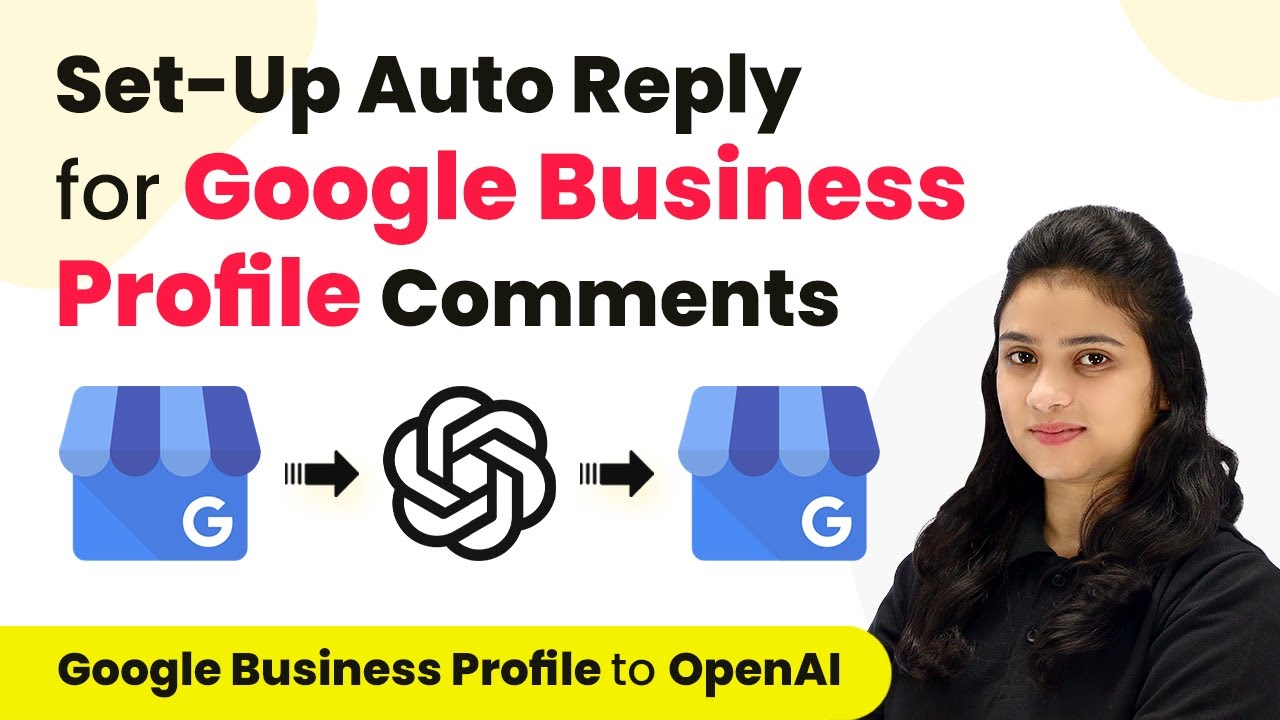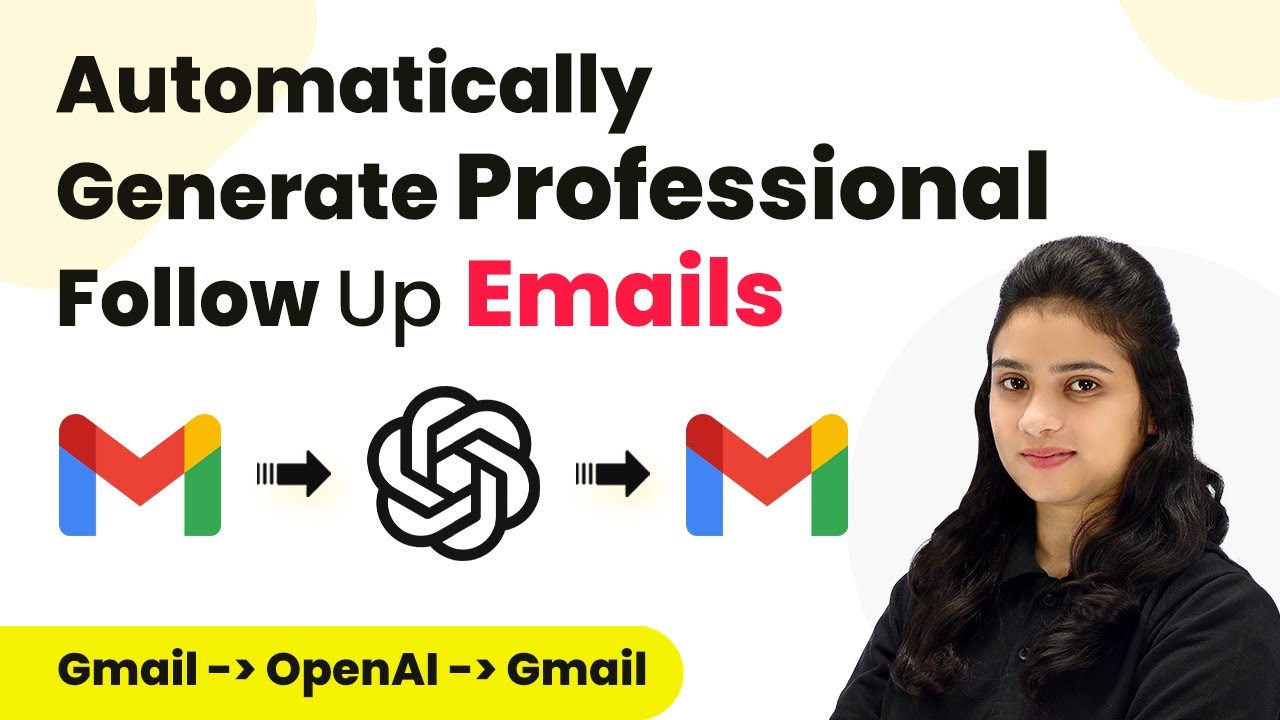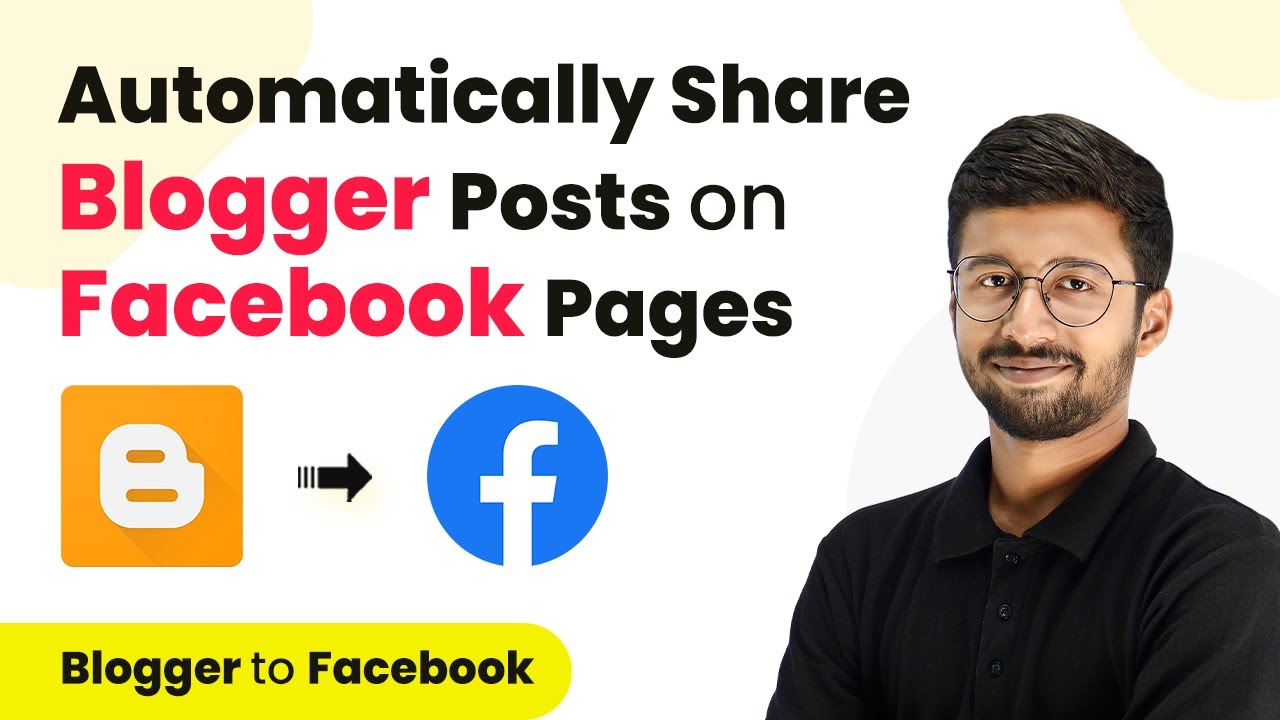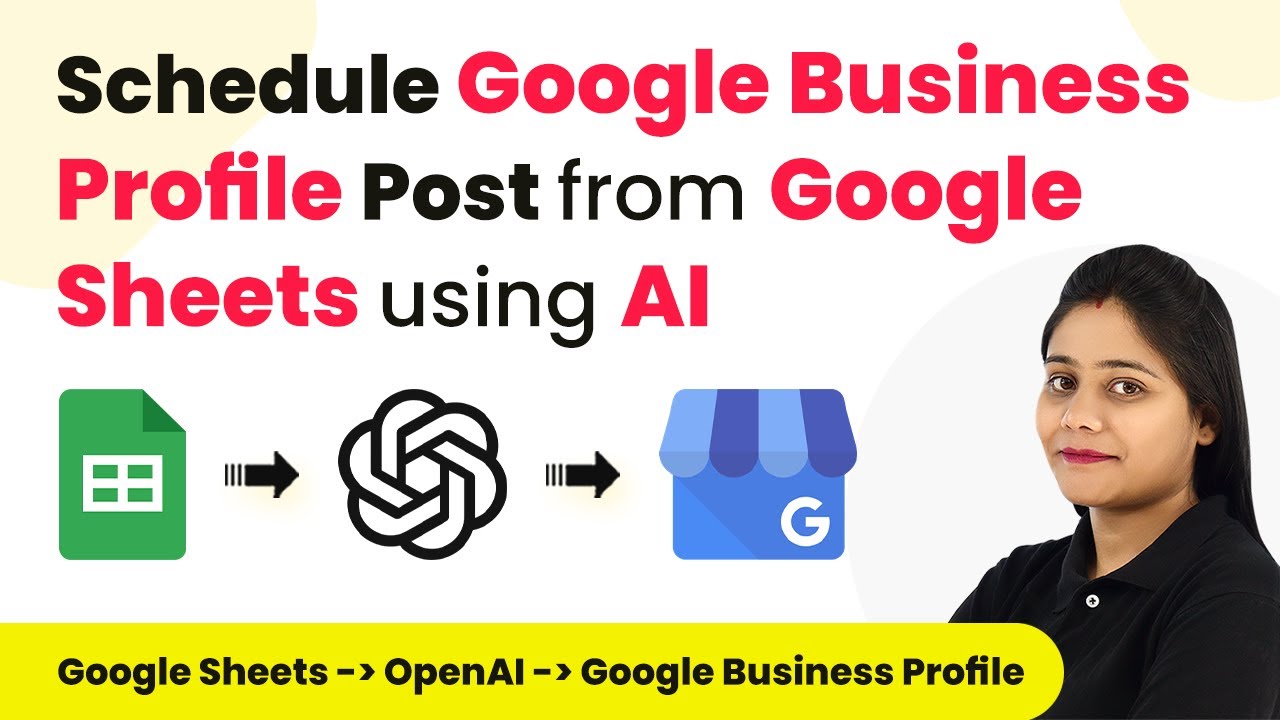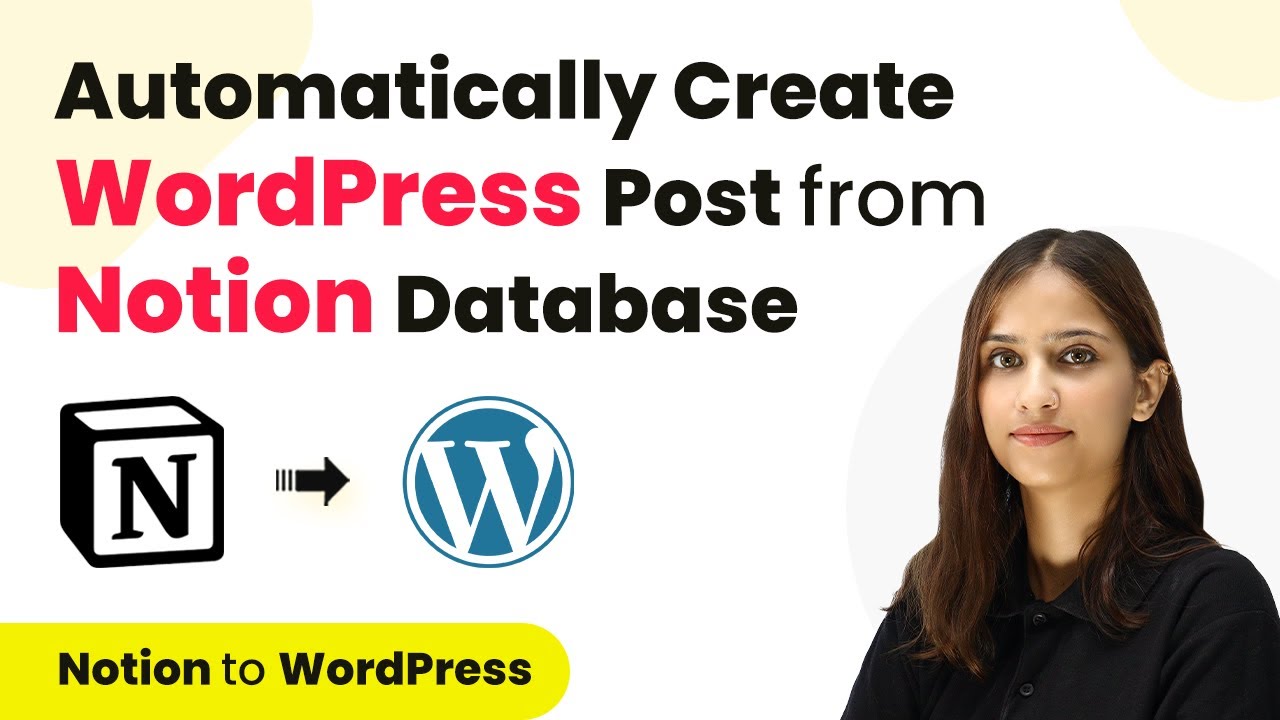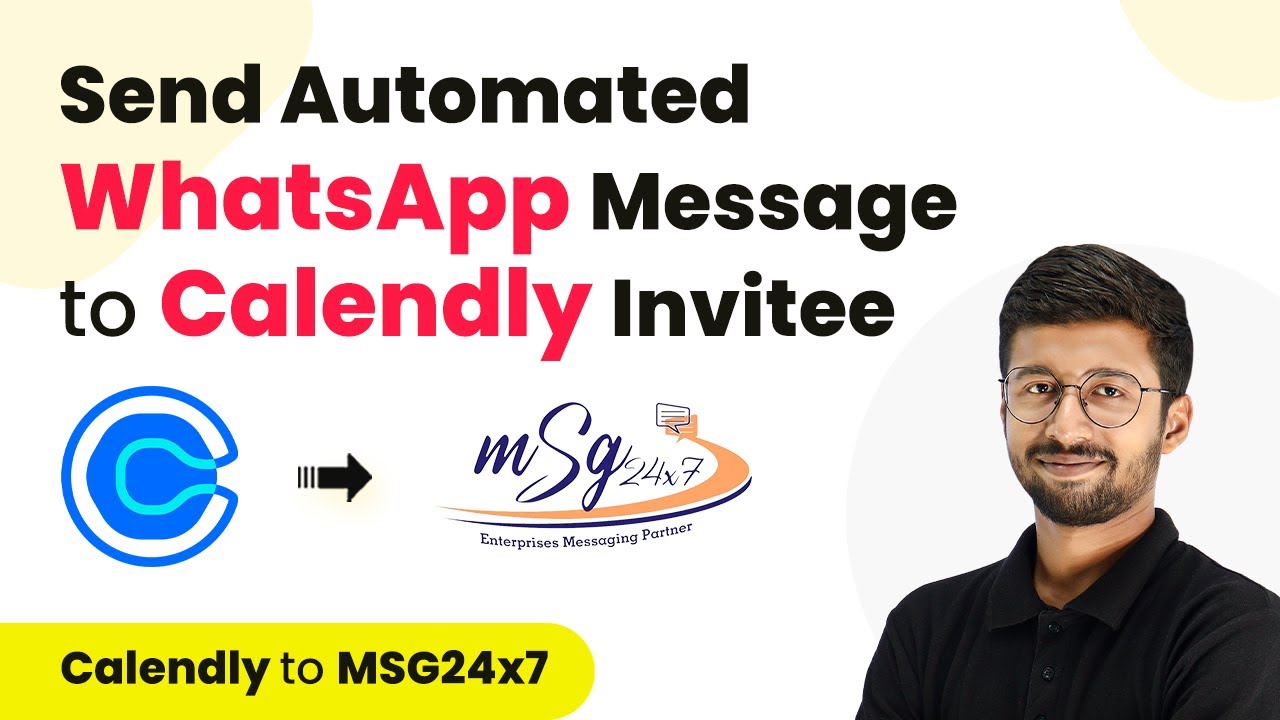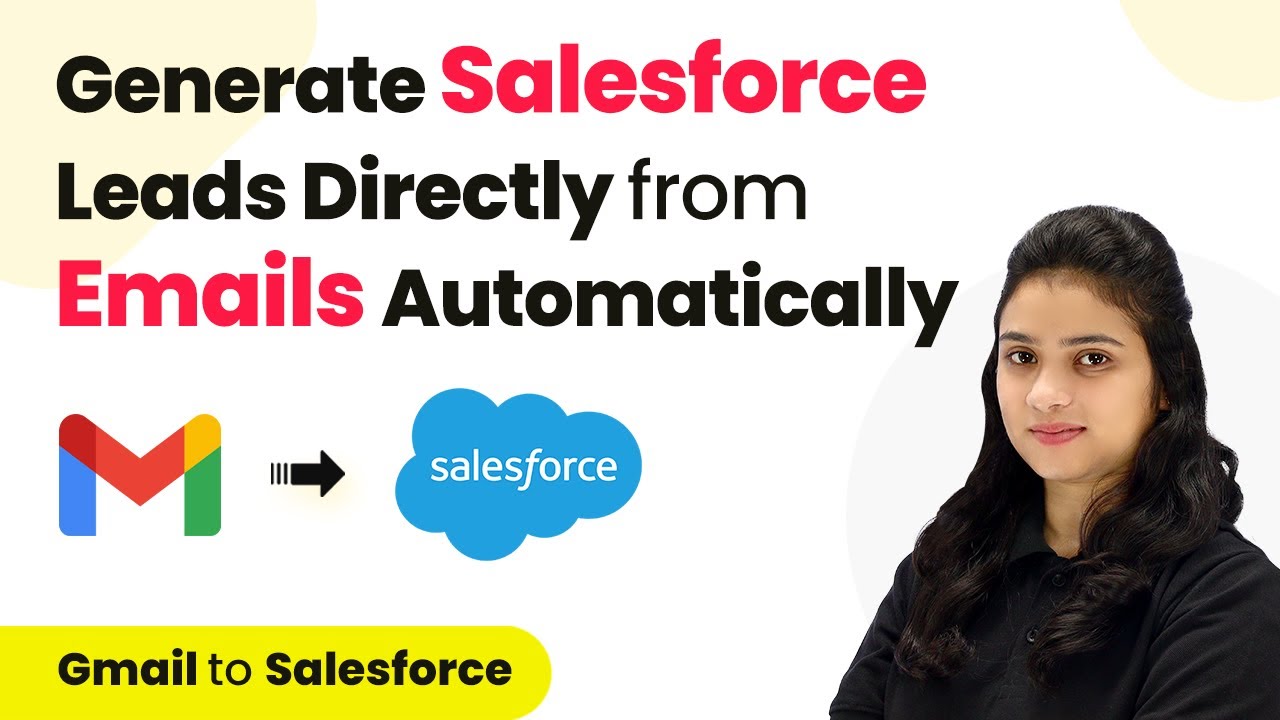Learn how to automate adding Facebook leads to Google Sheets for your digital flex printing business using Pabbly Connect. Step-by-step tutorial included. Discover hidden automation capabilities within your existing tools. This guide shows you how to connect your essential applications and permanently eliminate redundant manual processes.
Watch Step By Step Video Tutorial Below
1. Setting Up Pabbly Connect for Integration
To begin, we need to set up Pabbly Connect for integrating Facebook leads with Google Sheets. First, visit the Pabbly website and sign up for a free account if you don’t have one. Sign in to access the dashboard where you can create new workflows.
Once logged in, click on the ‘X Now’ button under Pabbly Connect to navigate to the workflow section. Here, you can manage all your integrations and create a new workflow specifically for adding Facebook leads to Google Sheets.
2. Creating a New Workflow in Pabbly Connect
Next, we will create a new workflow in Pabbly Connect. Click on the ‘Create Workflow’ button and name it something relevant, like ‘Add Facebook Leads to Google Sheets for Digital Flex Printing Business’. Select a folder for your workflow and click ‘Create’.
- Name your workflow appropriately.
- Select a folder to organize your workflows.
- Click on ‘Create’ to finalize.
This will take you to the workflow setup page where you can configure the trigger and action for your integration. The trigger will be Facebook Lead Ads, and the action will be Google Sheets.
3. Configuring the Trigger for Facebook Lead Ads
In this step, we will set up the trigger in Pabbly Connect. Select Facebook Lead Ads as your trigger application. Then, choose the trigger event as ‘New Lead Instant’. Click on ‘Connect’ to establish a connection between Facebook and Pabbly Connect.
After clicking on ‘Add New Connection’, log into your Facebook account to grant access. Once connected, select your Facebook page and the lead generation form you wish to use. Ensure your lead generation form is live before proceeding.
4. Creating a Sample Submission for Testing
To test the integration, you need to create a sample lead submission. Use the Meta for Developers tool to preview your form. Fill in dummy details like name, email, and phone number to simulate a new lead.
- Go to Meta for Developers and find the Lead Ads Debug Tool.
- Select your Facebook page and lead form.
- Submit dummy details to create a sample lead.
After submitting the form, return to Pabbly Connect to verify that the new lead details have been captured successfully. This confirms that the trigger is functioning as expected.
5. Setting Up the Action to Add Leads to Google Sheets
Now that the trigger is set up, we will configure the action in Pabbly Connect. Select Google Sheets as your action application and choose the action event ‘Add New Row’. Click ‘Connect’ to link Google Sheets with Pabbly Connect.
Log into your Google account and allow access. Then, select the specific spreadsheet and sheet where you want to add the lead details. Map the fields from the Facebook lead to the corresponding columns in Google Sheets.
After mapping the fields, click on ‘Save and Send Test Request’. You should receive a positive response indicating that the lead details have been successfully added to your Google Sheets. Check your spreadsheet to confirm that the new lead appears correctly.
Conclusion
This tutorial demonstrated how to integrate Facebook leads into Google Sheets for your digital flex printing business using Pabbly Connect. By following these steps, you can automate lead management efficiently and ensure that your records are always up-to-date.
Ensure you check out Pabbly Connect to create business automation workflows and reduce manual tasks. Pabbly Connect currently offer integration with 2,000+ applications.
- Check out Pabbly Connect – Automate your business workflows effortlessly!
- Sign Up Free – Start your journey with ease!
- 10,000+ Video Tutorials – Learn step by step!
- Join Pabbly Facebook Group – Connect with 21,000+ like minded people!

